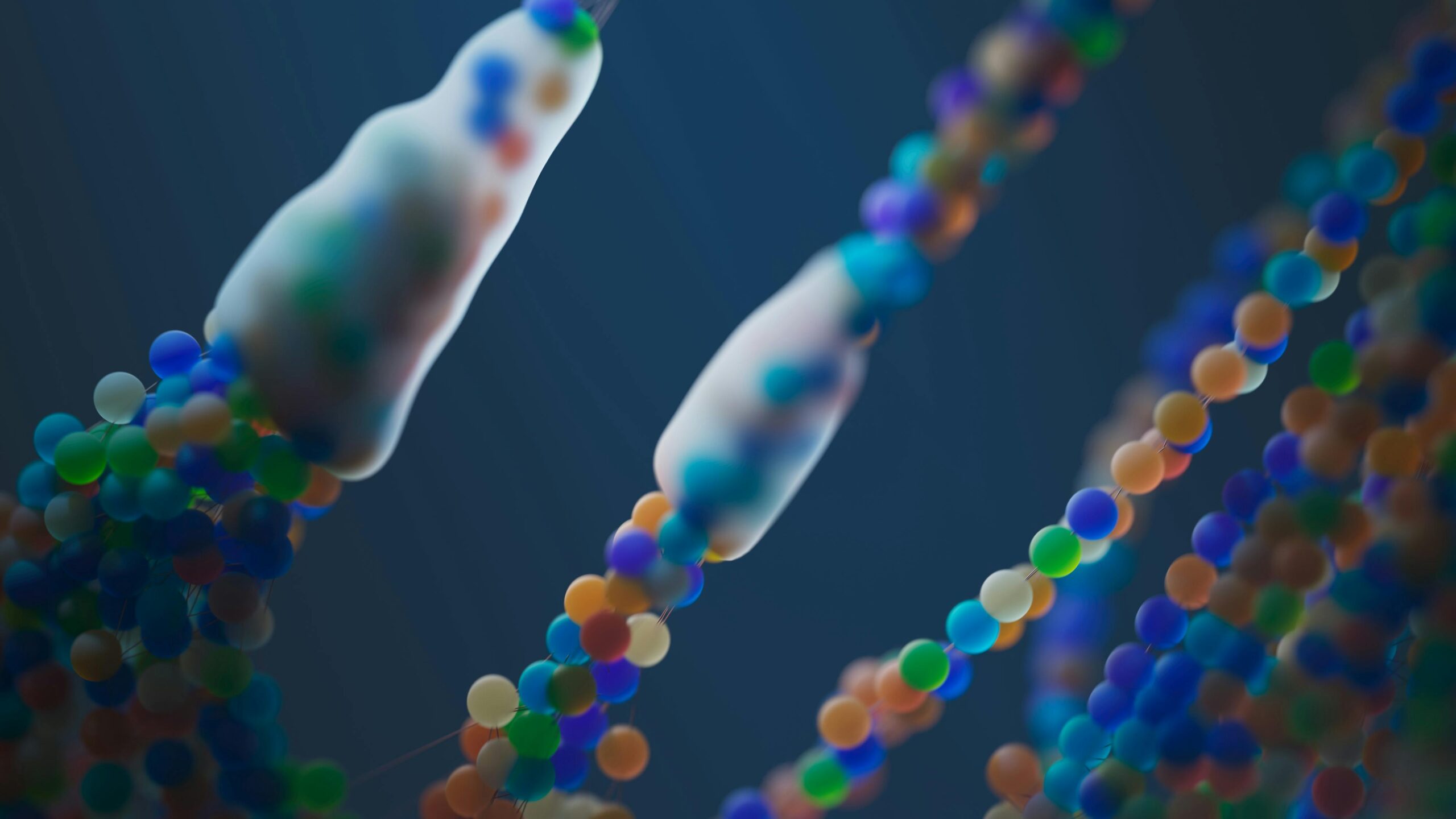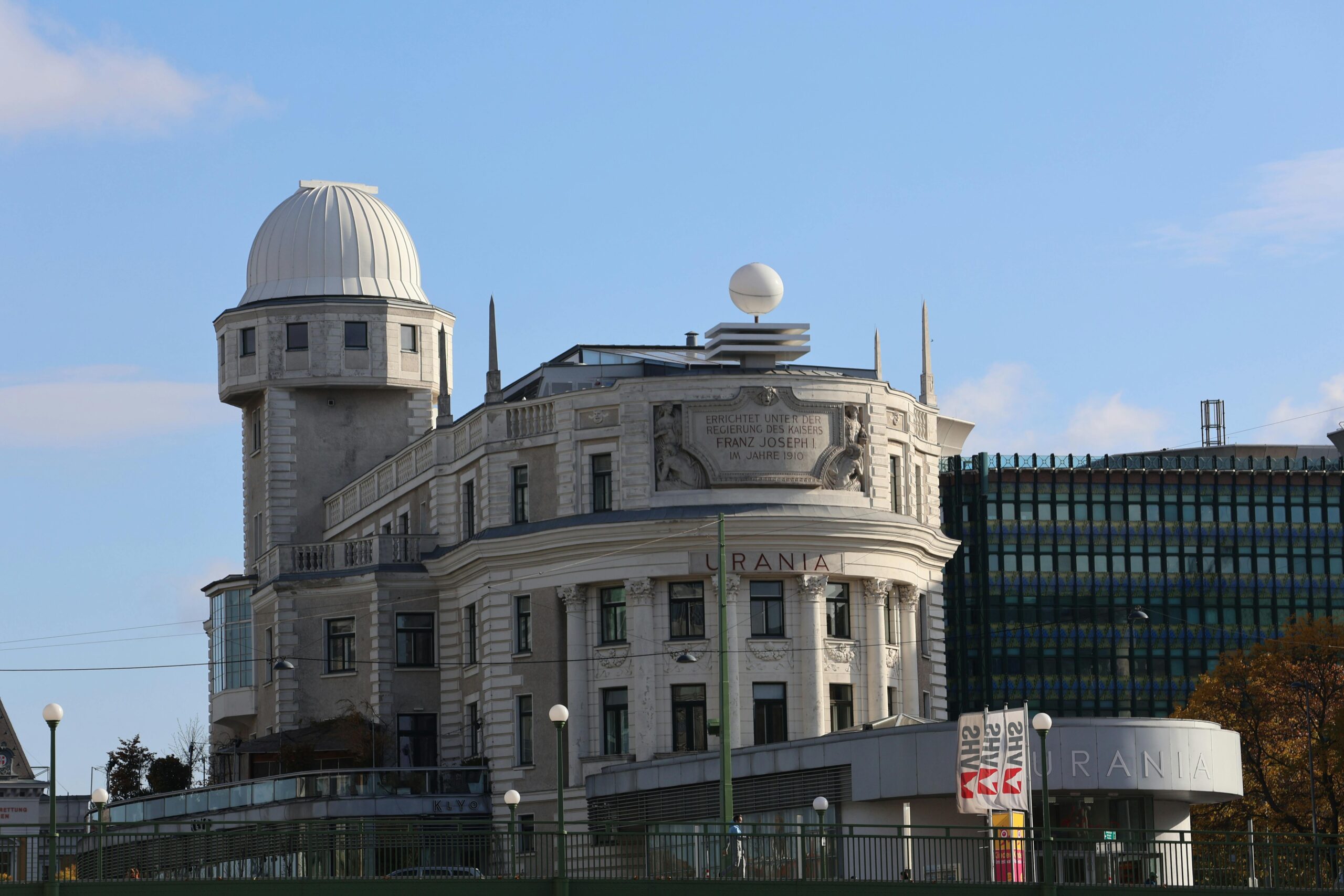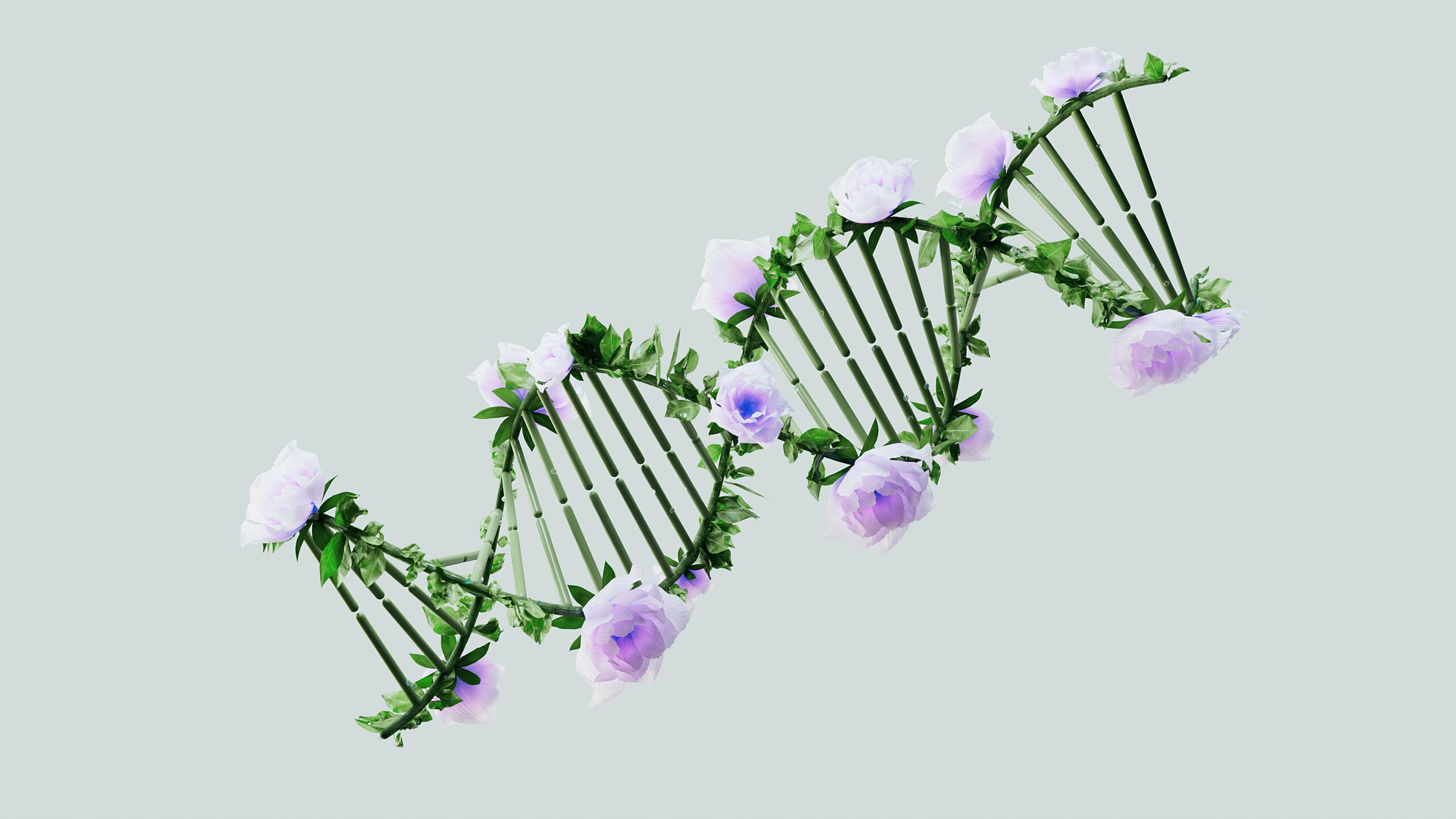Your DNA is constantly under attack from free radicals, but antioxidants can be your chromosomes’ best defense, strengthening cellular health and longevity. 🧬
Every second of every day, your cells face an invisible battle. Free radicals—unstable molecules produced by normal metabolism, environmental toxins, and stress—bombard your DNA, threatening the very blueprint of your existence. Your chromosomes, the structures that house your genetic material, need robust protection to maintain their integrity and function properly. This is where antioxidants enter the picture as your body’s elite defense force.
Understanding how antioxidants protect your chromosomes isn’t just academic knowledge—it’s practical information that can transform your health trajectory. From the foods you eat to the lifestyle choices you make, everything influences how well your DNA is protected from oxidative damage. Let’s explore the fascinating connection between antioxidants and chromosome health, and discover actionable strategies to strengthen your genetic foundation.
The Science Behind Chromosomes and Oxidative Stress 🔬
Chromosomes are tightly packed structures of DNA and proteins located in the nucleus of your cells. Humans have 46 chromosomes containing approximately 3 billion base pairs of DNA that encode everything from your eye color to your disease susceptibility. At the ends of each chromosome are protective caps called telomeres, which function like the plastic tips on shoelaces, preventing the DNA from unraveling or fusing with neighboring chromosomes.
Oxidative stress occurs when there’s an imbalance between free radicals and antioxidants in your body. Free radicals are molecules with unpaired electrons that desperately seek stability by stealing electrons from other molecules, creating a destructive chain reaction. When free radicals attack your DNA, they can cause breaks in the DNA strands, mutations in genetic code, and accelerated telomere shortening.
Research published in major scientific journals has consistently shown that oxidative damage to DNA is implicated in aging, cancer development, cardiovascular disease, neurodegenerative disorders, and numerous other health conditions. The good news? Your body has evolved sophisticated antioxidant defense systems specifically designed to neutralize these threats before they cause irreparable damage.
How Antioxidants Shield Your Genetic Material ✨
Antioxidants work through several mechanisms to protect your chromosomes. First, they directly neutralize free radicals by donating electrons without becoming unstable themselves, effectively stopping the chain reaction of oxidative damage. Think of antioxidants as molecular peacekeepers that restore balance without creating new problems.
Second, antioxidants support the repair mechanisms that fix DNA damage. Your cells have sophisticated DNA repair machinery constantly scanning for and correcting errors. Antioxidants provide the cellular environment and cofactors necessary for these repair processes to function optimally.
Third, certain antioxidants specifically protect telomeres. Studies have shown that people with higher antioxidant levels tend to have longer telomeres, which is associated with slower biological aging and reduced disease risk. This telomere protection is one of the most exciting areas of current longevity research.
Key Antioxidants for Chromosome Protection
Not all antioxidants are created equal when it comes to chromosome protection. Here are the most important ones backed by scientific evidence:
- Vitamin C: This water-soluble antioxidant protects DNA in the cellular fluid and has been shown to reduce oxidative DNA damage markers significantly
- Vitamin E: A fat-soluble antioxidant that protects cell membranes and prevents lipid peroxidation that can indirectly damage DNA
- Selenium: A trace mineral that’s a cofactor for glutathione peroxidase, one of your body’s most powerful endogenous antioxidant enzymes
- Coenzyme Q10: Protects mitochondrial DNA from oxidative damage and supports cellular energy production
- Polyphenols: Plant compounds like resveratrol, quercetin, and EGCG that have multiple mechanisms of DNA protection
- Carotenoids: Beta-carotene, lycopene, and lutein that neutralize singlet oxygen and protect against photo-oxidative damage
Dietary Sources: Eating Your Way to Stronger Chromosomes 🥗
The most effective way to boost your antioxidant levels is through a diverse, colorful diet rich in whole foods. Supplements have their place, but food provides a complex matrix of antioxidants, fiber, and phytonutrients that work synergistically in ways we’re still discovering.
Berries are among the most powerful antioxidant foods available. Blueberries, blackberries, strawberries, and raspberries contain anthocyanins and ellagic acid that have been specifically linked to DNA protection in multiple studies. Just one cup of mixed berries daily can significantly increase your antioxidant capacity.
Dark leafy greens like spinach, kale, and Swiss chard provide lutein, zeaxanthin, and vitamin C. These vegetables also contain folate, which is essential for DNA synthesis and repair. The chlorophyll in green vegetables has its own protective properties against DNA damage from environmental toxins.
Nuts and seeds, particularly walnuts, almonds, sunflower seeds, and chia seeds, offer vitamin E, selenium, and healthy fats that support overall cellular health. Brazil nuts are especially rich in selenium—just two nuts provide your daily requirement.
The Rainbow Principle for Maximum Protection
Different colored plant foods contain different antioxidant compounds. By eating a rainbow of colors, you ensure comprehensive protection:
- Red foods (tomatoes, red peppers, watermelon): Rich in lycopene
- Orange/yellow foods (carrots, sweet potatoes, citrus): High in beta-carotene and vitamin C
- Green foods (broccoli, Brussels sprouts, green tea): Contain sulforaphane and catechins
- Blue/purple foods (blueberries, eggplant, purple cabbage): Packed with anthocyanins
- White foods (garlic, onions, cauliflower): Provide allicin and other sulfur compounds
Lifestyle Factors That Enhance Antioxidant Protection 💪
Diet is crucial, but your lifestyle choices significantly impact how well antioxidants protect your chromosomes. Exercise presents an interesting paradox: it temporarily increases free radical production, but regular exercise actually upregulates your body’s endogenous antioxidant systems, making them more robust over time.
Moderate aerobic exercise—30 to 45 minutes of brisk walking, cycling, or swimming most days of the week—appears optimal for enhancing antioxidant defenses without overwhelming them. Excessive intense exercise without adequate recovery, however, can tip the balance toward oxidative stress.
Sleep is when your body performs most of its cellular repair work, including DNA repair. During deep sleep stages, your brain clears metabolic waste products and your cells activate repair mechanisms. Chronic sleep deprivation increases oxidative stress and impairs DNA repair, while consistently getting 7-9 hours of quality sleep supports chromosome integrity.
Stress management is equally important. Chronic psychological stress increases cortisol and inflammatory markers that generate free radicals. Studies have shown that people with high stress levels have shorter telomeres and more DNA damage markers. Practices like meditation, yoga, deep breathing, and time in nature all reduce oxidative stress.
Environmental Toxins: Minimizing Chromosome Threats 🛡️
Even with excellent diet and lifestyle habits, environmental exposures can overwhelm your antioxidant defenses. Being strategic about reducing toxin exposure is an important part of chromosome protection.
Air pollution is a significant source of free radicals. Fine particulate matter (PM2.5) generates oxidative stress and DNA damage. If you live in an urban area, using HEPA air filters indoors, checking air quality indexes before outdoor exercise, and incorporating air-purifying plants can help reduce exposure.
Tobacco smoke—whether firsthand or secondhand—is one of the most potent sources of free radicals and DNA-damaging chemicals. Smoking accelerates telomere shortening more than almost any other factor. If you smoke, quitting is the single most important thing you can do for your chromosomes.
Excessive alcohol consumption depletes antioxidants and generates reactive oxygen species during metabolism. Moderate consumption (up to one drink per day for women, two for men) may have some antioxidant benefits from compounds like resveratrol in red wine, but heavy drinking undeniably damages DNA.
The Sunlight Balance
Ultraviolet radiation from sunlight is a double-edged sword. UV exposure generates free radicals and directly damages DNA, particularly in skin cells. However, moderate sun exposure is necessary for vitamin D production, which itself has antioxidant properties and supports DNA repair.
The solution is strategic sun exposure: 10-30 minutes of midday sun on exposed skin several times per week for vitamin D, combined with sun protection during extended exposure. Antioxidant-rich sunscreens containing vitamins C and E provide additional DNA protection beyond physical UV blocking.
Tracking Your Progress: Biomarkers of DNA Health 📊
While you can’t directly see your chromosomes improving, several biomarkers can indicate whether your antioxidant strategy is working. Advanced testing is becoming more accessible, allowing individuals to monitor their cellular health more precisely than ever before.
Telomere length testing is now commercially available through various companies. While a single measurement provides limited information, tracking changes over time can indicate whether your lifestyle interventions are slowing or reversing biological aging. Longer telomeres are generally associated with better health outcomes.
Oxidative stress markers like 8-hydroxy-2′-deoxyguanosine (8-OHdG) in urine indicate how much DNA damage is occurring. Lower levels suggest your antioxidant defenses are working effectively. Some functional medicine practitioners offer these tests as part of comprehensive health assessments.
More accessible markers include:
- High-sensitivity C-reactive protein (hs-CRP): Indicates inflammation levels that correlate with oxidative stress
- Homocysteine: Elevated levels suggest impaired methylation and DNA repair capacity
- Comprehensive metabolic panel: Liver and kidney function affect detoxification and antioxidant status
- Vitamin and mineral levels: Deficiencies in key nutrients like vitamins C, D, E, and selenium compromise antioxidant defenses
Supplementation Strategies: When Food Isn’t Enough 💊
While whole foods should be your primary source of antioxidants, strategic supplementation can fill gaps and provide therapeutic levels for specific concerns. However, more isn’t always better—some studies have shown that high-dose isolated antioxidants can actually be harmful.
A balanced multivitamin/mineral supplement can provide insurance against deficiencies that compromise DNA protection. Look for formulas that include the full spectrum of antioxidant nutrients at moderate doses rather than mega-doses of single nutrients.
Omega-3 fatty acids from fish oil or algae have anti-inflammatory properties that reduce oxidative stress. EPA and DHA support telomere length and cellular membrane integrity. A daily dose of 1-2 grams of combined EPA/DHA is backed by substantial evidence.
NAD+ precursors like nicotinamide riboside (NR) or nicotinamide mononucleotide (NMN) support DNA repair by enhancing the function of sirtuins and PARP enzymes. These supplements are at the cutting edge of longevity research, though long-term human data is still accumulating.
The Timing and Synergy Factor
When and how you take antioxidants matters. Fat-soluble antioxidants like vitamins A, D, E, and K are best absorbed with meals containing healthy fats. Water-soluble antioxidants like vitamin C can be taken throughout the day for steady levels.
Some antioxidants work synergistically—vitamin C regenerates vitamin E after it neutralizes free radicals, and selenium enhances the activity of vitamin E. Taking antioxidants together rather than in isolation often provides superior protection.
The Future of Chromosome Protection: Emerging Science 🚀
The field of chromosome protection and DNA health is advancing rapidly. Researchers are discovering novel compounds and approaches that may revolutionize how we think about aging and disease prevention.
Senolytics are compounds that selectively eliminate senescent cells—damaged cells that accumulate with age and secrete inflammatory factors that damage neighboring cells’ DNA. Early human trials of senolytic compounds are showing promising results for markers of biological aging.
Telomerase activators represent another frontier. Telomerase is the enzyme that can lengthen telomeres, but it’s normally inactive in most adult cells. Certain compounds from herbs like astragalus may activate telomerase safely, potentially slowing or reversing cellular aging.
Epigenetic interventions are revealing that DNA protection isn’t just about preventing damage—it’s also about optimizing how genes are expressed. Compounds that influence methylation patterns and histone modifications can enhance the expression of protective genes while silencing harmful ones.
Taking Action: Your Personalized Chromosome Protection Plan 🎯
Armed with this knowledge, you can create a comprehensive strategy to protect your chromosomes and optimize your health. Start by assessing your current status: What’s your diet like? How well do you manage stress? What’s your toxic exposure level?
Begin with the fundamentals: eat at least 5-7 servings of colorful fruits and vegetables daily, prioritizing berries, leafy greens, and cruciferous vegetables. Add nuts, seeds, and fatty fish for complementary nutrients. Reduce processed foods, which are typically low in antioxidants and high in compounds that generate free radicals.
Establish consistent sleep patterns, aiming for 7-9 hours nightly in a cool, dark room. Implement a stress management practice—even 10 minutes of daily meditation or breathwork can measurably reduce oxidative stress markers.
Move regularly in ways you enjoy. The best exercise is the one you’ll actually do consistently. Mix moderate aerobic activity with strength training for comprehensive benefits.
Minimize preventable exposures by filtering your water, choosing organic for the most pesticide-heavy produce, using natural cleaning and personal care products, and avoiding unnecessary medications that generate oxidative stress.
Consider baseline testing of relevant biomarkers, then retest after 3-6 months of implementing your chromosome protection protocol. Track how you feel—energy levels, mental clarity, recovery from illness, and overall vitality often improve before biomarkers change.

Empowering Your Genetic Future Today 🌟
Your chromosomes are not passive victims of time and circumstance. The emerging science of DNA protection reveals that you have far more control over your genetic health than previously imagined. Every meal, every movement, every moment of rest or stress influences whether your chromosomes strengthen or deteriorate.
The antioxidant power you harness today creates ripples that extend throughout your lifespan. Protecting your telomeres now may prevent diseases decades in the future. Reducing oxidative damage to your DNA supports not just longevity but healthspan—the years you live with vitality, clarity, and freedom from chronic disease.
This isn’t about perfection or obsessive health optimization. It’s about making informed choices that align with your values and goals. Small, consistent actions accumulate into profound effects on your cellular health. Start where you are, with what you have, and build from there.
Your DNA has protected and guided you since conception. Now it’s your turn to protect it. With the power of antioxidants and evidence-based lifestyle strategies, you can unlock stronger chromosomes, enhanced resilience, and a healthier future. The time to act is now—your chromosomes are listening. 🧬✨
Toni Santos is a longevity writer and regenerative medicine researcher dedicated to exploring how biology, technology, and ethics can extend healthspan. With a focus on cellular repair and anti-aging biotechnology, Toni examines how next-generation therapies translate lab breakthroughs into real-world vitality. Fascinated by stem cell science, telomere dynamics, and systems biology, Toni’s journey bridges research reviews, expert interviews, and clear public communication. Each article he shares aims to separate evidence from hype—helping readers understand what’s promising, what’s premature, and what truly supports long-term health. Blending molecular biology, clinical insight, and accessible storytelling, Toni investigates interventions that target the root drivers of aging. His work honors responsible innovation—prioritizing safety, transparency, and human wellbeing in the pursuit of extended healthspan. His work is a tribute to: Anti-aging biotechnology grounded in rigorous evidence Cellular rejuvenation pathways that restore function and resilience Stem cell and telomere research advancing ethical longevity care Whether you’re a clinician, researcher, or health enthusiast, Toni Santos invites you to explore the frontiers of regeneration—one discovery, one mechanism, one healthier year at a time.




